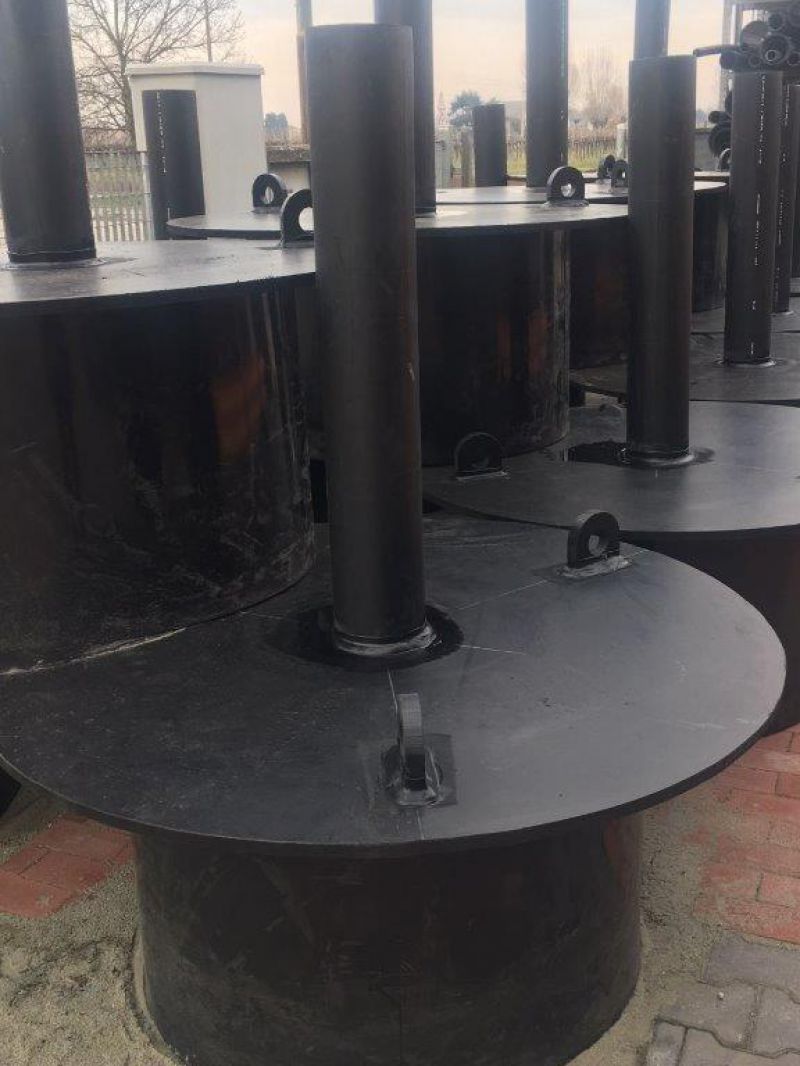

Aquaculture refers to the production of aquatic organisms in confined environments controlled by humans. Molluscs, fish, crustaceans and seaweed are all bred in warm and cold waters depending on the natural habit of the species.
This type of marine farming dates back to ancient times – as far back as 2500 BC, based on a bas-relief found in an Egyptian tomb depicting a man collecting tilapia from a pond. Since then, this practice has continued to spread, and it remains a rapidly growing sector today: many species are seeing year-on-year increases of over 10%.
This classification of aquaculture derives from the level of human intervention, which varies in how invasive it is. Based on this, a distinction is made between:
Fish has excellent nutritional properties: it is rich in minerals such as phosphorus, potassium, iron, magnesium, iodine, selenium and fluorine, and it also contains proteins, amino acids and fats including Omega-3s, which can help prevent cardiovascular diseases. For all these very valid reasons, it is important to preserve our planet’s fish resources. The population of fish, algae and crustaceans in general is not unlimited, and 96% of deep-sea fish stocks in the Mediterranean are overfished.
What’s more, there are over 700 edible marine species in our oceans, but only 10% are commercialised. This is a great shame, because our marine reserves are beginning to run out.
There are numerous innovative projects and scientific studies underway to invest in reducing the environmental impact on fish resources. In particular, the development of aquaculture can only happen by means of the blue economy, a business model that creates a sustainable ecosystem by transforming wasted substances into profitable commodities.
Thanks to this reduction in waste, we will be able to mitigate humanity’s impact on marine organisms – hopefully at an ever-increasing rate.
Discover the PVC tanks for aquaculture made by Rariplast and contact us for more information.